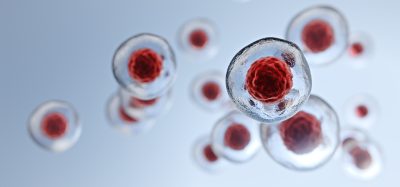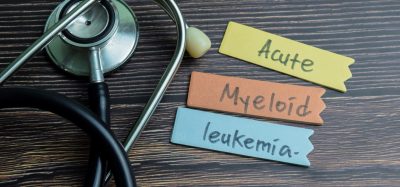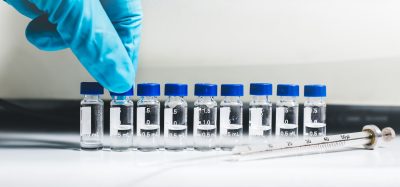Expert view: The path to the high-hanging fruit: access to greater diversity and rapid down-selection
Posted: 24 March 2020 | Berkeley Lights | No comments yet
Therapeutic monoclonal antibodies are proven and effective treatment options but many of the ‘low-hanging fruit’ therapeutics have already been identified.
As we turn to more difficult targets, such as G-protein coupled receptors (GPCRs) and ion channels, two capabilities are crucial for success: access to greater antibody diversity and the ability to rapidly identify functional lead candidates. The Opto Plasma B Discovery 2.0 Workflow addresses both of these needs by providing access to broad B cell diversity and rapid down-selection of leads in an automated workflow run on the Beacon® platform.
Unlike traditional technologies, such as hybridoma generation, Opto Plasma B Discovery 2.0 can efficiently sample the B cell repertoire. Plasma B cells from a variety of compartments, including spleen, bone marrow and lymph nodes, can be screened immediately after organ harvest. Unlike fluorescence-activated cell sorting, the Opto Plasma B Discovery 2.0 Workflow allows direct screening of tens of thousands of individual cells for antigen specificity, cross-reactivity and function (eg, receptor/ligand blocking). This eliminates lengthy and costly sequencing, cloning and re-expression of thousands of antibodies with incorrect antigen specificity or function. Instead, promising lead candidates can be identified and recovered in less than one week using automated on-chip cDNA synthesis and amplification of heavy/light chain genes for sequencing. We have demonstrated that this product is capable of identifying >5,000 hits and recovery of >650 paired heavy/light chain sequences for antibodies with known antigen specificity and function from a single plasma B cell sample.
Biomarkers aren’t just supporting drug discovery – they’re driving it
FREE market report
From smarter trials to faster insights, this report unpacks the science, strategy and real-world impact behind the next generation of precision therapies.
What you’ll unlock:
- How biomarkers are guiding dose selection and early efficacy decisions in complex trials
- Why multi-omics, liquid biopsy and digital tools are redefining the discovery process
- What makes lab data regulatory-ready and why alignment matters from day one
Explore how biomarkers are shaping early drug development
Access the full report – it’s free!
Access to this level of functionally characterised diversity in such a short timeframe alleviates a key bottleneck in the development of antibody therapeutics and finally provides ready access to the elusive ‘high-hanging fruit’ – antibodies against difficult targets.
Related topics
Antibodies, GPCRs, Targets, Technology
Related organisations
Berkeley Lights








